
The intersection of technology and creativity has never been more pronounced than it is today. As Artificial Intelligence Generated Content (AIGC) becomes increasingly integrated into various aspects of life, photography education is experiencing a profound transformation. This article delves into how AIGC is reshaping the learning landscape for photographers and enhancing creative possibilities.
Understanding AIGC in Photography
AIGC refers to content created with the aid of artificial intelligence algorithms that can generate images, modify existing photographs, or assist in the editing process. This innovative technology presents exciting opportunities for aspiring photographers by providing them with tools that enhance their capabilities and broaden their creative scope.
Bridging the Gap Between Technique and Creativity
Traditionally, photography education has focused heavily on mastering technical skills such as composition, exposure, and post-production. With AIGC, students can explore creative avenues without being hindered by technical limitations. For instance, through AI-driven software, learners can see instant results of their conceptual ideas, experiment with various photographic styles, or even visualize complex scenes that may be difficult to capture in real life.
Enhancing Learning Tools
AIGC is revolutionizing educational resources available to photography students. Online platforms that utilize AIGC technology can tailor lessons and assignments to individual learning paces and styles. By integrating AI, these platforms can analyze a student’s progress and suggest personalized exercises, leading to a more efficient learning experience. This adaptability makes it easier for students to develop a unique vision while grasping the fundamentals.
Promoting Collaborative Creativity
AIGC fosters an environment of collaboration among students. By enabling easy sharing of generated content, learners can provide insights and critiques on each other’s work, facilitating constructive feedback and community building. Collaborative projects made possible by AIGC tools allow students to merge their individual styles, resulting in unique works that reflect collective creativity.
Ethical Considerations in AIGC
While AIGC offers numerous advantages, it also raises important ethical questions within photography education. Students must navigate issues related to authorship and copyright, as the lines blur between human-generated and AI-generated content. Educators need to incorporate discussions about ethical considerations in their curriculum, ensuring that students understand their responsibilities as creators in a rapidly evolving landscape.
Future Possibilities
The future of photography education is bright, thanks in part to AIGC. As AI technology continues to advance, it will likely introduce new tools and platforms that challenge traditional notions of creativity and authorship. As such, educational institutions must evolve alongside these advancements, preparing students for a future where collaboration with AI becomes the norm.
Conclusion
The impact of AIGC on photography education is undeniable. By unleashing new creative potentials, enhancing learning tools, and promoting collaboration, this emerging technology is shaping the next generation of photographers. As educators and students navigate this new landscape, it is crucial to embrace the opportunities while remaining mindful of the ethical implications. Ultimately, the integration of AIGC in photography education promises a future filled with innovation, collaboration, and creativity.




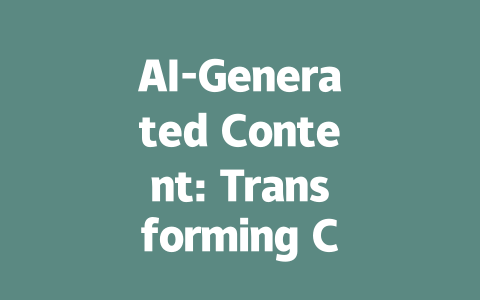


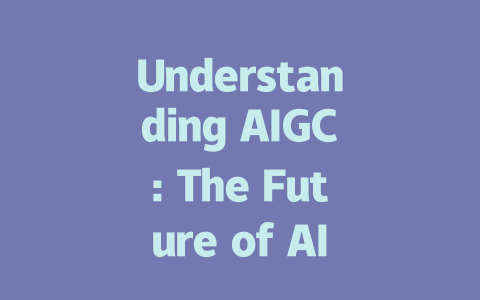
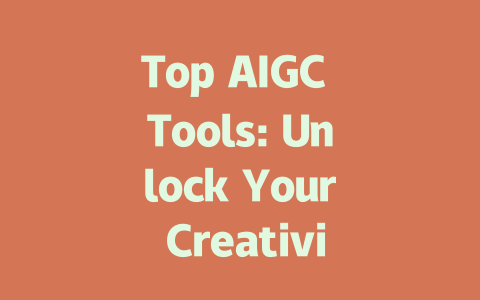
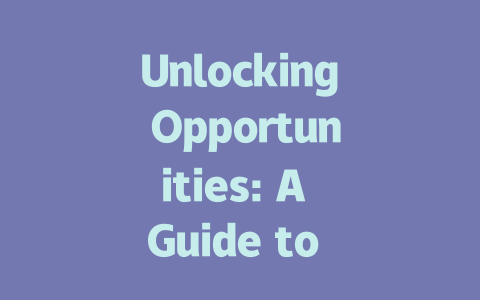
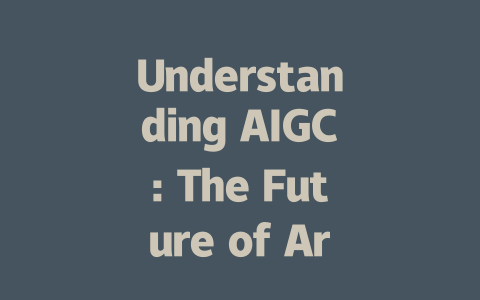
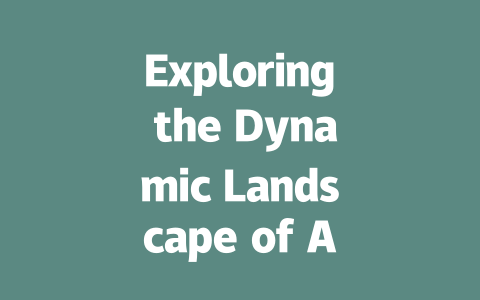

暂无评论内容